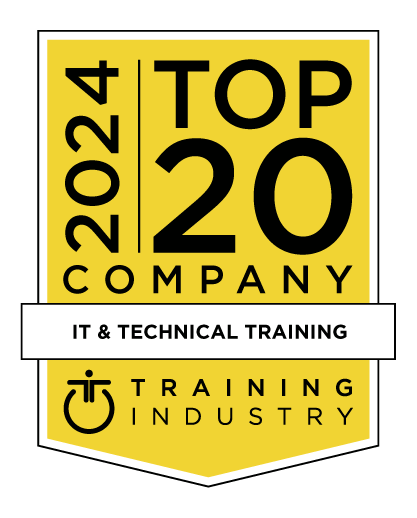title
Please take a moment to fill out this form. We will get back to you as soon as possible.
All fields marked with an asterisk (*) are mandatory.
z/OS System Operators
Course Description
Overview
To provide an overview of the z Operating System (OS), look at the systems from both a hardware and software prospective, and develop a basic understanding of System z partitioning capabilities, Processor Resource/Systems Manager (PR/SM), z/OS, Job Entry Subsystem 2 (JES2), Job Entry Subsystem 3 (JES3), Time Sharing Option (TSO), TSO Extended (TSO/E), System Display and Search Facility (SDSF), z/OS Communications Server, and System z channel subsystem usage for various channels, such as Enterprise System Connection (ESCON), Fiber Connector (FICON), and the Open Systems Adapter (OSA). It will also describe the Initial Program Loader (IPL) process and enable you to become comfortable issuing z/OS commands from a Multi Console Support (MCS) system console or extended MCS console.
This course is one step in the following Learning Journey:
Objectives
- Describe System z usage of z/Architecture
- Identify System z servers and their major components
- Name z/OS functional groups and base elements
- Describe the concept of virtual storage and its exploitation in z/OS
- Issue z/OS commands with the correct syntax
- Identify z/OS display commands that can be used to determine device and channel path status
- Describe the use of VARY and CONFIG z/OS operator commands
- Interpret the results of z/OS commands
- Identify the differences between JES2 and JES3
- Describe JES2 usage
- SPOOLs and checkpoint data sets
- Cold, warm, and hot starts
- Commands to control resources and display job status
- Describe the purpose and use of the following:
- TSO
- ISP/PDF
- Allocating, displaying, and editing data set information with ISP/PDF panels
- SDSF
- Describe the naming rules for z/OS data sets
- Describe the z/OS catalog structure
- Describe the functions performed by DFSMS, DFSMSdss, DFSMShsm, and DFSMSrmm to help manage the data sets in a data center
- Describe the function of JCL cataloged procedures
- Identify the difference between MCS consoles and extended MCS consoles
- Issue commands to determine the status and parameters of any console
- Describe major console enhancements at z/OS 1.8, z/OS 1.10, and z/OS 2.1
Audience
This basic course is for IT personnel with little or no theoretical background of z/OS and little or no general practical in IS experience.
Prerequisites
- An Introduction to the z/OS Environment (ES050)
You should have completed:
Topics
Day 1
- Welcome
- Unit 1: Review of System z servers and z/OS
- Unit 2: z/OS MVS commands
- Labs 1, 2, and 3
Day 2
- Review
- Unit 3: JES and TSO
- Unit 4: z/OS data sets
- Labs 4, 5, and 6
Day 3
- Review
- Unit 5: z/OS consoles operation
- Labs 7, 8, and 9
Recognition
When you complete the Instructor-Led version of this course, you will be eligible to earn a Training Badge that can be displayed on your website, business cards, and social media channels to demonstrate your mastery of the skills you learned here.
Learn more about our System Operators Badge Program →Related Courses
-
z/OS JES2 Operator Training
ES28G- Duration: 20 Hours
- Delivery Format: Classroom Training, Online Training
- Price: 2,685.00 USD
Self-Paced Training Info
Learn at your own pace with anytime, anywhere training
- Same in-demand topics as instructor-led public and private classes.
- Standalone learning or supplemental reinforcement.
- e-Learning content varies by course and technology.
- View the Self-Paced version of this outline and what is included in the SPVC course.
- Learn more about e-Learning
Course Added To Shopping Cart
bla
bla
bla
bla
bla
bla
Self-Paced Training Terms & Conditions
Exam Terms & Conditions
Sorry, there are no classes that meet your criteria.
Please contact us to schedule a class.

STOP! Before You Leave
Save 0% on this course!
Take advantage of our online-only offer & save 0% on any course !
Promo Code skip0 will be applied to your registration
Purchase Information
title
Please take a moment to fill out this form. We will get back to you as soon as possible.
All fields marked with an asterisk (*) are mandatory.










